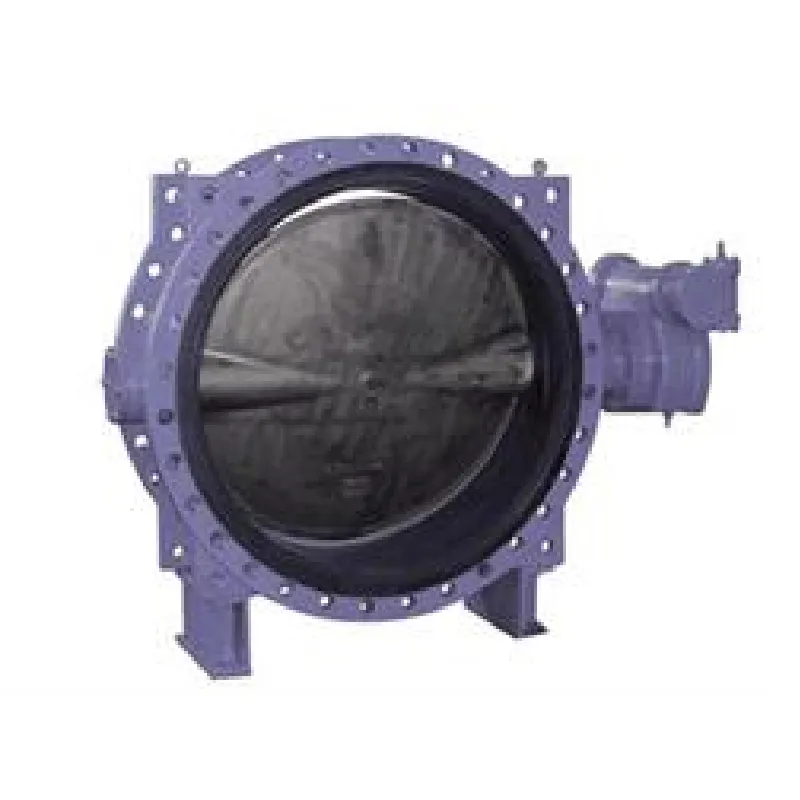Ное . 23, 2024 13:11 Back to list
air pressure control valve
Air Pressure Control Valve An Essential Component in Modern Systems
The air pressure control valve is a pivotal component in various industrial applications, playing a crucial role in managing the flow and pressure of air within pneumatic systems. From manufacturing plants to aerospace engineering, the air pressure control valve ensures optimal performance, safety, and efficiency. This article explores the design, functionality, applications, and benefits of air pressure control valves.
Understanding Air Pressure Control Valves
Air pressure control valves regulate the pressure and flow of compressed air in a system. They are designed to maintain a predetermined pressure level, preventing fluctuations that could lead to equipment damage or inefficient operation. These valves come in various types, including pressure relief valves, pressure reducing valves, and unloading valves, each tailored to specific applications and pressure requirements.
The primary function of an air pressure control valve is to maintain a constant pressure and flow rate within a pneumatic system. This is achieved by automatically adjusting the valve opening in response to changes in system pressure. For instance, if the pressure drops below a set level, the valve will open wider to allow more air into the system, and if the pressure exceeds the desired level, the valve will close to reduce the flow. This dynamic adjustment helps maintain system balance and prevents over-pressurization.
Key Components and Design Features
An air pressure control valve typically consists of several key components, including the valve body, actuator, diaphragm, and spring mechanism. The valve body houses the internal elements and connects to the air supply and downstream equipment. The actuator, often pneumatic or electric, controls the valve's position based on the input pressure. The diaphragm senses pressure changes and works in conjunction with the spring mechanism to open or close the valve as needed.
Design features of air pressure control valves can vary widely based on their intended use. For example, valves used in high-pressure applications are often constructed from robust materials to withstand the stress, while those in lower-pressure applications may have a simpler design. The size, flow capacity, and accuracy of the valve are also critical considerations that impact its performance and suitability for specific applications.
Applications of Air Pressure Control Valves
air pressure control valve

Air pressure control valves find extensive applications across various industries. In manufacturing, they are used in pneumatic systems to control actuators, conveyors, and robotic machinery. By maintaining optimal air pressure, these valves enhance system reliability, reduce downtime, and improve overall productivity.
In the HVAC sector, air pressure control valves are vital for maintaining consistent air pressure within ductwork. They help regulate airflow, ensuring that heating and cooling systems operate efficiently while providing comfort in residential and commercial buildings.
The automotive industry also relies on these valves for their braking and suspension systems. By controlling air pressure, they contribute to the safety and performance of vehicles, allowing for precise handling and stability during operation.
Moreover, in the aerospace industry, air pressure control valves play a crucial role in managing cabin pressure and ensuring the safety of passengers and crew during flight. Their ability to respond swiftly to changes in pressure makes them indispensable in environments where air quality and pressure management are critical.
Benefits of Air Pressure Control Valves
The benefits of incorporating air pressure control valves into pneumatic systems are numerous. First and foremost, they enhance system efficiency by ensuring that air is available only as needed, which can lead to significant energy savings. By preventing over-pressurization and minimizing leaks, these valves extend the lifespan of equipment and reduce maintenance costs.
Additionally, air pressure control valves contribute to safety by minimizing the risk of system failures. With automatic adjustments to pressure changes, the risk of equipment damage or accidents due to pressure fluctuations is significantly reduced. This reliability is essential in high-stakes environments, such as manufacturing and aviation.
In conclusion, air pressure control valves are essential components in modern pneumatic systems, providing vital functions across a range of industries. By regulating air pressure and flow, these valves contribute to efficiency, safety, and the overall effectiveness of various applications. As technology progresses, the designs and functionalities of these valves continue to evolve, ensuring their relevance in meeting the demands of modern engineering challenges.
Share
-
Reliable Wafer Type Butterfly Valves for Every IndustryNewsJul.25,2025
-
Reliable Flow Control Begins with the Right Ball Check ValveNewsJul.25,2025
-
Precision Flow Control Starts with Quality ValvesNewsJul.25,2025
-
Industrial Flow Control ReliabilityNewsJul.25,2025
-
Engineered for Efficiency Gate Valves That Power Industrial PerformanceNewsJul.25,2025
-
Empowering Infrastructure Through Quality ManufacturingNewsJul.25,2025